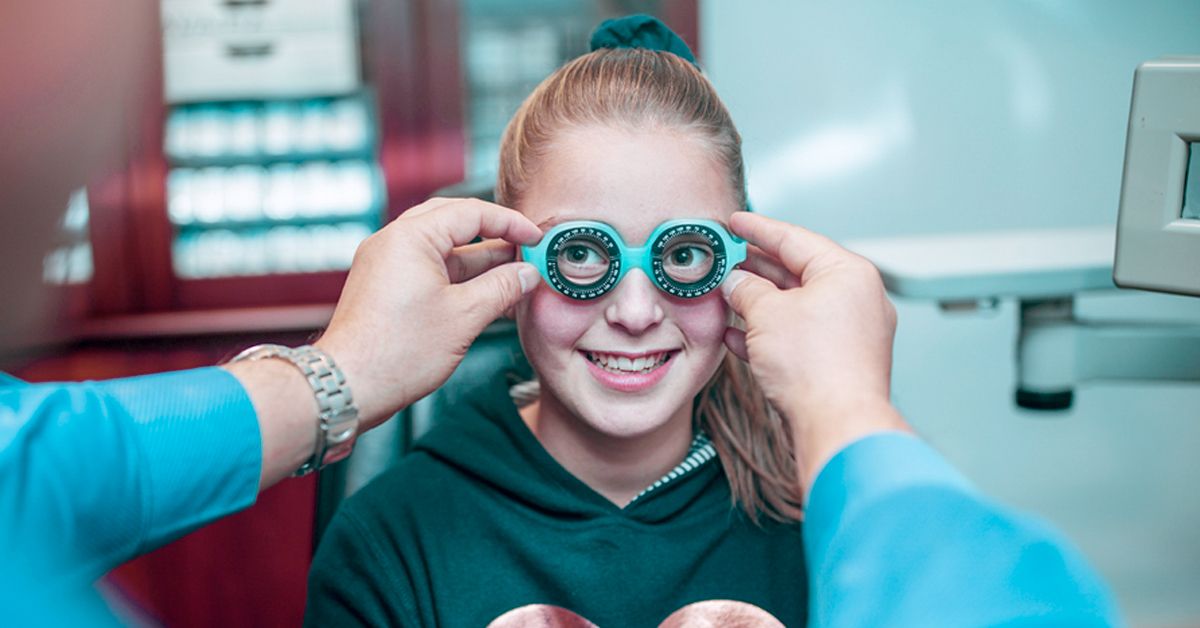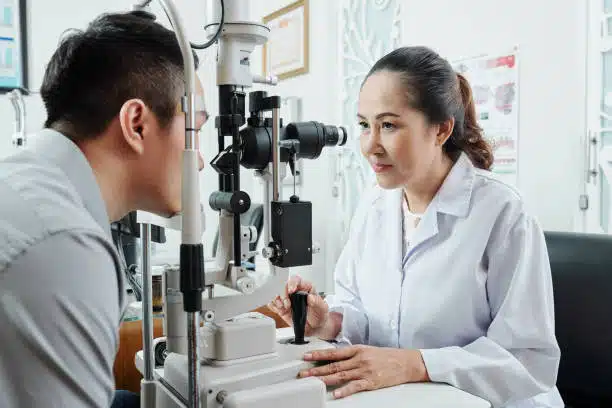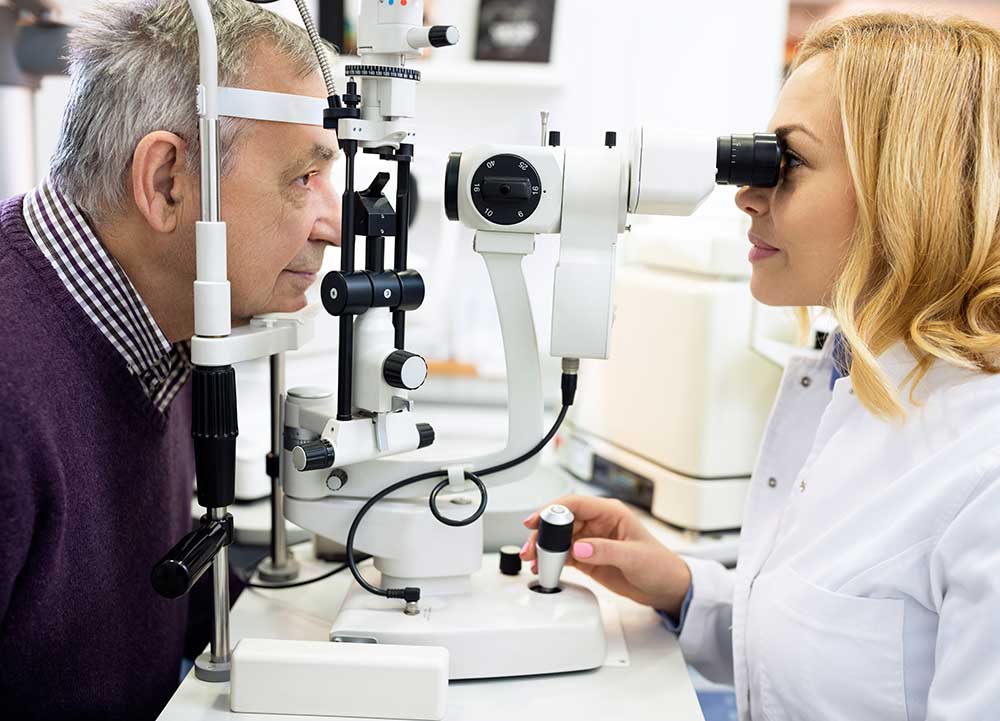Discovering the most up to date Technological Improvements in Optometry and What They Mean for Optometrists
From the accuracy of Optical Coherence Tomography to the nuanced understandings supplied by AI-driven analysis devices, these developments are establishing brand-new requirements in individual evaluation and therapy. As these developments permeate the method, optometrists are faced with the obstacle of embracing these devices to boost patient outcomes.
Innovations in Diagnostic Devices
Progressing the area of optometry, advancements in diagnostic devices have revolutionized the way eye care experts analyze and diagnose ocular conditions and aesthetic disabilities. The previous decade has witnessed substantial technical developments, allowing more exact and comprehensive evaluations. Optical Comprehensibility Tomography (OCT), for instance, offers high-resolution cross-sectional pictures of the retina, enabling the early detection of diseases such as glaucoma and age-related macular deterioration. This non-invasive imaging method has come to be important in modern optometric technique.
An additional trick technology is the introduction of sophisticated corneal topography systems, which map the surface area curvature of the cornea with accuracy. These tools are especially helpful for fitting get in touch with lenses and identifying corneal conditions. Electronic retinal imaging has transformed traditional ophthalmoscopy, using in-depth, scenic views of the retina that facilitate detailed aesthetic evaluations.
The advancement of wavefront aberrometry has likewise been important, allowing the evaluation of refractive errors with unmatched accuracy (Eye Doctor). This innovation helps in tailoring restorative lenses and enhancing medical outcomes for refractive surgical procedures. Jointly, these analysis advancements empower optometrists to deliver exceptional patient treatment, making certain very early intervention and tailored therapy strategies, eventually boosting visual health outcomes
AI in Individual Administration
Building on the foundation of sophisticated analysis tools, the consolidation of expert system (AI) in patient administration represents a transformative leap for optometry. AI systems are increasingly utilized to enhance performance, accuracy, and customization in individual care. By examining huge quantities of information, AI can recognize patterns and anticipate prospective eye conditions, allowing eye doctors to customize interventions more efficiently. This capability is critical in handling chronic eye diseases such as glaucoma and diabetic person retinopathy, where early discovery and continual surveillance are key.
Additionally, AI-driven platforms facilitate structured person communications and administrative procedures. Automated organizing, digital examinations, and individualized follow-up plans not only boost individual satisfaction but additionally optimize time administration for practitioners. These systems can triage clients based on the necessity of their conditions, making certain that those in crucial requirement receive punctual interest.
Furthermore, AI boosts decision-making by offering optometrists with evidence-based referrals and treatment pathways. By incorporating information from electronic health documents, AI tools supply understandings that inform medical choices, reducing the risk of errors and enhancing person end results. As AI continues to evolve, its role in patient monitoring will likely broaden, reshaping the landscape of optometric care.
Developments in Retinal Imaging
In the realm of optometry, retinal imaging has actually witnessed impressive technological advancements that are boosting analysis capacities and person treatment. Developments such as Optical Coherence Tomography (OCT) and fundus photography have actually revolutionized exactly how optometrists imagine and assess the retina.
Enhanced imaging methods like OCT angiography are more refining analysis accuracy. Eye Doctor. Such advancements help with the identification of minute retinal modifications that might indicate condition development.
Furthermore, developments in fabricated intelligence are increasing retinal imaging by making it possible for automatic evaluation of large datasets. These systems help optometrists in recognizing patterns indicative of pathology, consequently improving diagnostic accuracy and effectiveness. Jointly, these innovations are changing retinal imaging right into a keystone of modern eye treatment, boosting end results and increasing restorative opportunities.
Teleoptometry's Growing Role
Teleoptometry is significantly coming to be an important component of eye treatment, driven by innovations in data and diagnostic devices. As optometry welcomes Click Here digital transformation, teleoptometry promotes remote appointments, allowing eye doctors to extend their services beyond standard borders. This is specifically beneficial in underserved and country locations where accessibility to specialized eye treatment is frequently restricted. By leveraging high-resolution video conferencing and advanced retinal imaging, optometrists can carry out detailed eye exams from afar, making sure prompt medical diagnosis and treatment.
The integration of synthetic knowledge (AI) further boosts teleoptometry, enabling the analysis of aesthetic data and helping in the discovery of eye problems Continued such as glaucoma and diabetic retinopathy. AI-powered formulas can swiftly analyze complicated imaging information, giving optometrists with valuable understandings that reinforce clinical decision-making.
Furthermore, teleoptometry supports continuity of care via smooth assimilation with electronic health and wellness records (EHRs), allowing eye doctors to keep detailed patient backgrounds. This guarantees that individuals get consistent and personalized care even when speaking with various professionals.
Regardless of these advantages, challenges remain, consisting of making certain data protection and taking care of patient expectations. Teleoptometry represents a substantial stride towards even more easily accessible, effective, and patient-centered eye care. As technology evolves, its duty is poised to increase even more.

Future Trends in Eye Care
A myriad of cutting-edge fads is established to reshape the future of eye care, driven by technological improvements and the evolving requirements of patients. One significant trend is the integration of expert system (AI) in diagnostics, which promises to improve the accuracy and performance of eye assessments. AI algorithms can evaluate huge amounts of data from retinal pictures, possibly finding conditions like diabetic person retinopathy and glaucoma earlier than typical techniques.
Additionally, tailored medication is getting grip in optometry, with genetic screening notifying personalized therapy strategies. This technique intends to enhance individual results by tailoring interventions to specific genetic check out here accounts. Wearable technology, such as wise get in touch with lenses, is additionally on the horizon, providing real-time tracking of intraocular stress or sugar levels, hence offering constant insights right into systemic and ocular health and wellness.
The adoption of enhanced reality (AR) and virtual truth (VR) in training and patient education is another emerging pattern. These modern technologies use immersive experiences that can enhance understanding and abilities both for optometrists and individuals. As these fads advance, optometrists have to stay abreast of technical innovations to offer advanced treatment, ensuring enhanced patient results and satisfaction in the dynamic landscape of eye care.
Conclusion

Collectively, these analysis innovations encourage optometrists to provide exceptional person treatment, making sure early treatment and tailored treatment methods, eventually improving visual health and wellness results.

As these innovations proceed to advance, eye doctors need to adjust and include them right into method, inevitably maximizing workflow efficiency and elevating the requirement of eye care delivered to individuals.